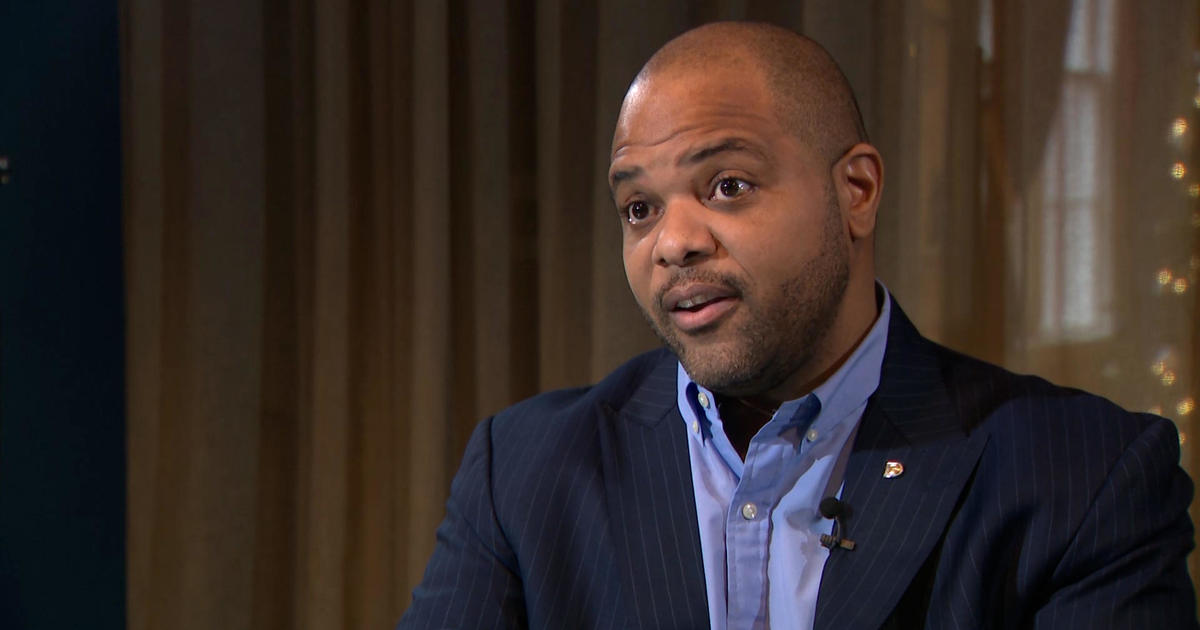Biden's new student-loan plan could cost $361 billion — twice what the administration estimates
A central piece of the Biden administration's plan for tackling student debt could cost twice as much as the government estimates, according to a new analysis. That projection comes as the White House's better-known debt-relief initiative — a program to forgive up to $20,000 in student loans per borrower — remains mired in legal limbo.
The Biden administration is also preparing to reform income-driven repayment plans, or IDRs, which peg a person's monthly student-loan payment to their income. In theory, the plans are aimed at lowering monthly bills. But they have been plagued by complicated rules and issues like "negative amortization," which allows a borrower's balance to snowball despite making monthly payments.
The cost of Biden's IDR reform effort could be as high as $361 billion over 10 years, according to the Penn Wharton Budget Model, a group of economists and data scientists at the University of Pennsylvania who analyze public policies to predict their economic and fiscal impact. That's more than twice as much as the U.S. Department of Education's estimated cost of $138 billion over the next decade.
The reason for the disparate estimates boils down to expectations for enrollment in the new IDR program, with the Biden administration expecting enrollment to remain static, Penn-Wharton said. But the economists at Penn-Wharton said they believe the new IDR plan would swell from about 33% of all eligible student loans to as much as 75% of loans.
The Education Department's "estimate did not consider potential borrowers switching from non-IDR plans into IDR plans due to the more generous features of the new IDR plan," the analysis noted.
However, the Education Department took issue with the analysis, noting that the administration is proposing to reform IDR plans "responsibly."
"The plan would cut monthly payments in half for undergraduate borrowers from low- and middle-income families all while the Biden-Harris Administration is reducing the deficit at record levels," a spokesperson said. "The same can't be said for Republican officials who racked up the deficit through a $2 trillion tax giveaway for the ultra-wealthy."
To be sure, the Penn-Wharton analysis is based on projections of borrower behavior; student loan holders may or may not follow those forecasts.
The estimates for the IDR reform plan would be in addition to the cost of the government forgiving federal student loans directly, with a challenge to that program set to be heard by the Supreme Court later this year. The latter initiative could cost at least $469 billion over a decade, Penn-Wharton said in an earlier analysis.
Effort to simplify
Currently, there are four IDR programs, each with their own rules and criteria, which can be difficult for borrowers to navigate.
Critics note that the plans allow student debt to mushroom through negative amortization, with one study finding that some borrowers have seen their student loan debt double or triple even though they are in a repayment plan. Negative amortization happens when a repayment is too small to cover a loan's interest, resulting in the unpaid interest being added to the loan's principal.
Under the Biden overhaul, the administration would mostly phase out three of the IDR plans and focus on one program that it intends to simplify and make more generous. The remaining plan is called the "Revised Pay As You Earn," or REPAYE, program.
"With the new feature of removing interest accumulation, the take-up rate for the IDR plan would be driven up substantially," the Penn-Wharton analysis said. A simplified application procedure would also likely encourage high enrollment, it added.
There are still many other questions that need to be answered, the economists added. For instance, it's uncertain how the IDR reform plan would impact tuition prices, given a theory that universities raise tuition prices in response to government subsidies.
The plan could also spur students to borrow more money, given that they could potentially enroll in the more generous IDR program after graduation, it noted.



